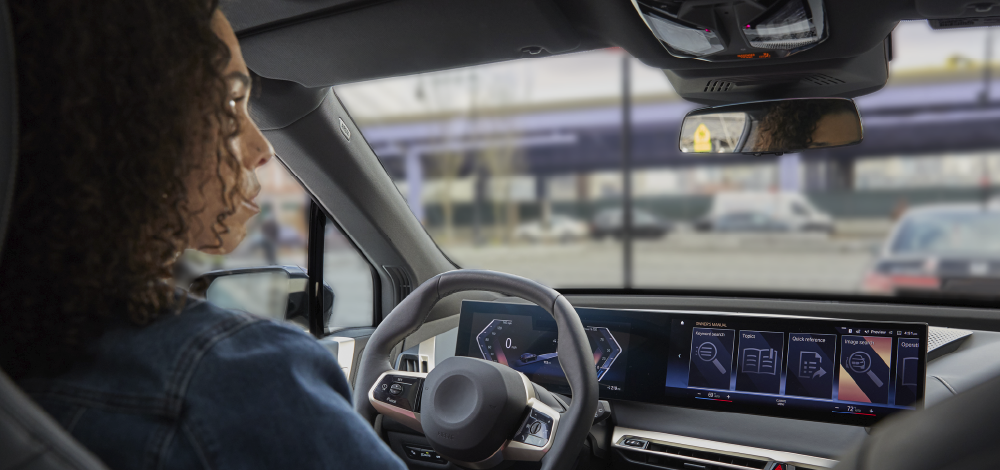No, I'm arguing that when people say "Tesla should have used xxx" such as radar/lidar, they have no factual basis for that argument. They MAY turn out to be correct, but since no-one has yet demonstrated if these augmentations really do help, its all speculation at this point. And too many posts in these threads take it as axiomatic that they WILL help .. again without substantiating that.
Waymo in fact are an indication that they DONT solve the issues (yet) .. do you think they would still faff about with HD maps and geofencing if all those sensors had in fact solved general self-driving a la Tesla (L2 but no goefencing etc)?
In my view, nearly every FSD beta release notes document highlights how Tesla is throwing an inordinate amount of man-hours and salaries at the problem of getting around the lack of information that an active perception system would grant.
Lidar and Radar interrogate the environment unlike passive sensors, such as the cameras.
Lidar and especially radar can return near-instantaneous positions, velocities, and accelerations of objects at a reliability far greater than any current computer vision techniques.
Release notes examples:
Improved creeping for visibility using more accurate lane geometry and higher resolution occlusion detection.
This isn't exactly releated to this post but this goes to highlight a point I made in my post above about the usefulness of HD maps. Knowing where 100,000 human drivers stopped relative to a white stop line costs a lot less, computationally, than having the self-driving software have to figure out how far to creep forward at every stop line.
Improved angular velocity and lane-centric velocity for non-VRU objects by upgrading it into network predicted tasks.
Ah ha, there's one. Tesla is forced to estimate velocities because Tesla doesn't want to rely on active sensors such as lidar or radar, both of which would return the true velocities, rather than an estimation.
Increased reliance on network-predicted acceleration for all moving objects, previously only longitudinally relevant objects.
More estimations rather than precise and exact measurements enabled by active sensors (such as radar or lidar).
Now, one might ask--does it matter? In my estimation, it matters a lot. Neural networks can only ever hope to
approximate reality. The Universal Approximation Theorem, in sum:
Universal approximation theorems imply that neural networks can represent a wide variety of interesting functions when given appropriate weights. On the other hand, they typically do not provide a construction for the weights, but merely state that such a construction is possible.
Active sensors
measure reality rather than merely "represent" reality. Heavy reliance on NN's to estimate things that other teams measure just leads to an
unfavorable stackup of probabilities.
Let's say the Tesla NN for estimating lead car velocity is correct 99% of the time. The Tesla NN for estimating lead car distance is correct 99% of the time. Naively assuming independence: the probability of them being jointly correct would be 0.99*0.99=0.9801 or jointly correct 98% of the time. A team using radar would get the lead car velocity and lead car distance jointly correct basically 100% of the time.
Does this difference, however slight, matter? I'd say it does, given just how many
millions of miles humans collectively drive on a daily basis. The millions, if not billions, of
lead cars that human drivers interact with, on a daily basis.
Also, there's a lot more to driving than simply knowing lead car velocity and the distance to the lead car. Every single one of these things that Tesla has to estimate rather than measure just makes the
stackup of probabilities even more
unfavorable. As the release notes show, it's not just linear velocities that Tesla has to estimate. It also has to estimate angular velocities, and Tesla is still working on improving angular velocity estimation. Meanwhile, the other teams with radar and lidar consider that issue solved; that's basically a trivial task.
Another term comes to mind when contemplating
Tesla's approximation-heavy approach to estimating the physics of other road users:
error propagation. There's inevitably going to be some error between reality and what Tesla's NNs output. The hope is that this error is vanishingly small, or at least small enough that it doesn't result in a crash. The problem is that the motion planner has to deal with bad information when this error is large. Garbage in, garbage out. The hope is that the motion planner can be fed data that's as accurate as possible. The shortcut to feeding the motion planner accurate physics of other road users is to take direct measurements. The Tesla approach is to refine its estimators (neural networks) of road user physics. If Tesla's estimators are far off, then even the most brilliantly coded Tesla motion planner is reduced to a case of garbage in and garbage out.
We can finally ground our discussion back into reality by considering the state of Tesla's auto high beam functionality. From what I understand, it's hit-and-miss, to say the least. Auto high beams simply need to a) identify nearby vehicles forward of the vehicle and b) estimate the distances of nearby vehicles. The problem is that Tesla's
3 forward-facing cameras and Tesla's Computer Vision prowess apparently aren't enough for reliable AHB functionality. Which leads me to doubt Tesla's CV prowess in other areas. If Tesla's ability to identify forward vehicles and Tesla's estimators of forward vehicle distance can't reliably function to enable reliable AHB, then that leads to a lot of other questions ...



